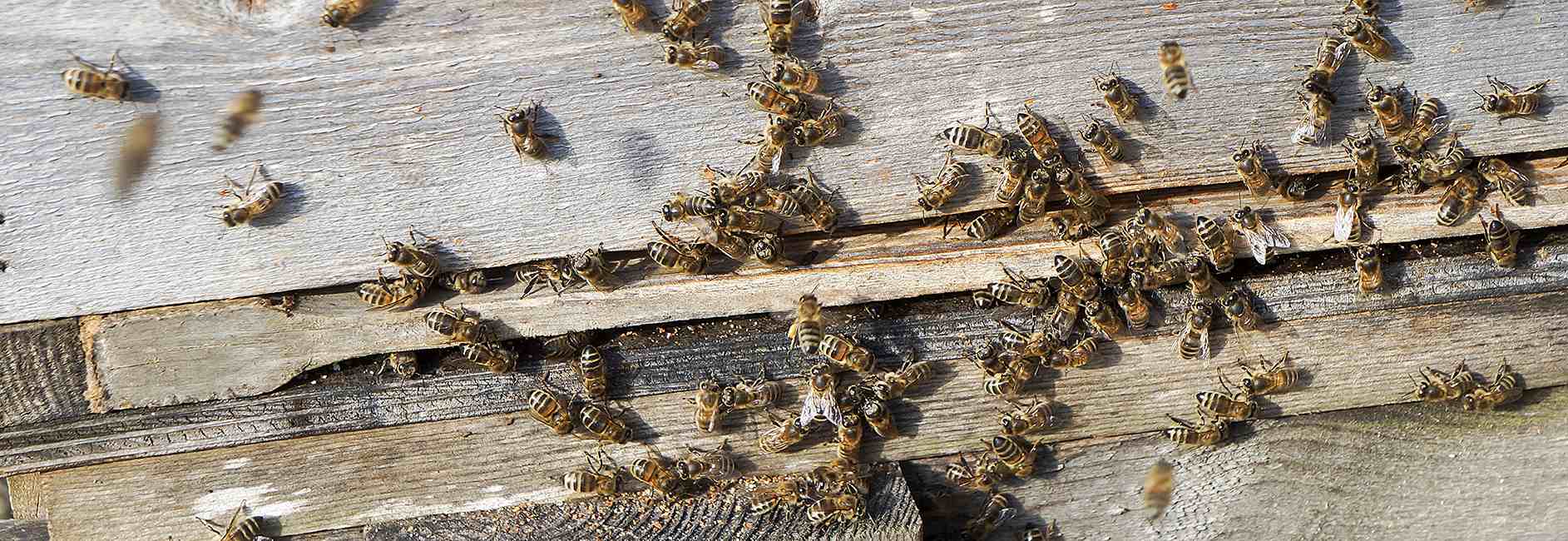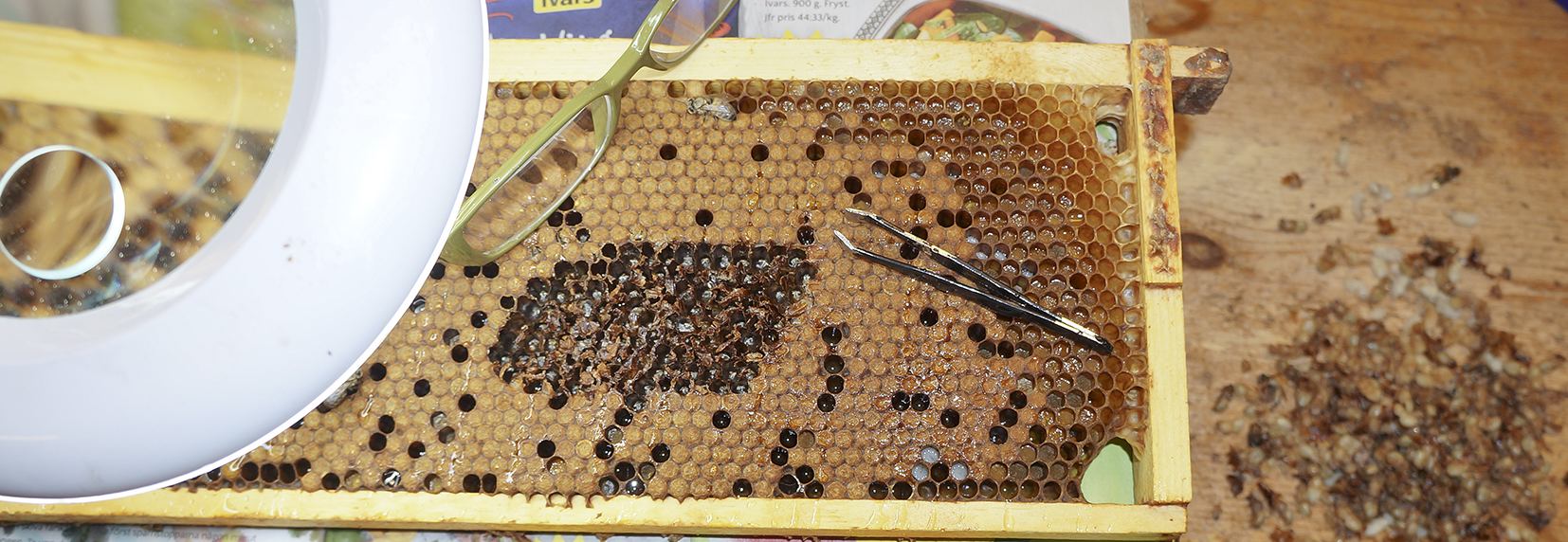The second Sunday in March the temperature, wind and sun, together with filled intestines of the bees that had produced the heat for the winter cluster took these bees out to meet the sun. The main cleansing flight took place.
Meeting the sun


The second Sunday in March the temperature, wind and sun, together with filled intestines of the bees that had produced the heat for the winter cluster took these bees out to meet the sun. The main cleansing flight took place.
I want to clarify somewhat the comment in the text about the contradiction concerning the reason for lowering the threshold for giving Thymol to get a better selection. At the same time saying that if you have non-selected bees against
Around Christmas I get time to do work on an Excel application on the computer, feeding it with new figures about the honeybee colonies from the season. It helps me identify the least good colonies (which will get their queens

There have been numerous tests of varroa reproduction with bees on different cellsizes throughout the years, with the assumption that you then test varroa resistance. As far as I understand that can be true, but you don’t know to what
I have prepared for and selected for varroaresistance for quite some years. Last year I learned how to test a colony for VSH, a simplified method described by John Harbo, easy for everyone to use. DWV-bees on the hardboard Before
Bees visit corn for pollen, period. Bees visit canola for pollen. Bees visit potatoes for pollen (Danish tests). Bees visit a lot of flowers for pollen. Bees get what the pollen is enriched with. Neonics are not good for bees.

One of the most important parts in my management system has become a simple thin hardboard in front of the entrance. The first thing I do when I come to an apiary is going reading them. They give a lot
Last year my friend had a call in July about a swarm that had come from a big old tree. The cavity couldn’t bee very big. And the swarm was not big. http://www.elgon.es/diary/?p=235 But the bees in the tree survived the
Last year I gave almost a whole box of plastic frames 4.95 mm cellsize with natural positioning, http://www.elgon.es/diary/?p=384 This colony was a very nice colony, but needed some thymol as it came up with some wingless bees. It gave an

A week ago I brought home the breeder queens for ease of grafting. They should at least have been treatment free last year (2013) and they should not have been a new colony 2013. The queen should be at least